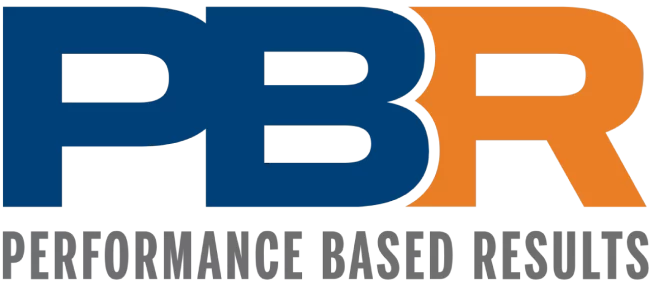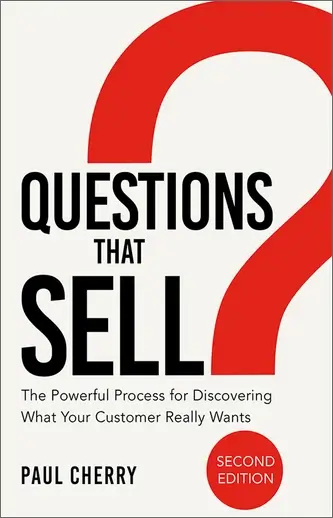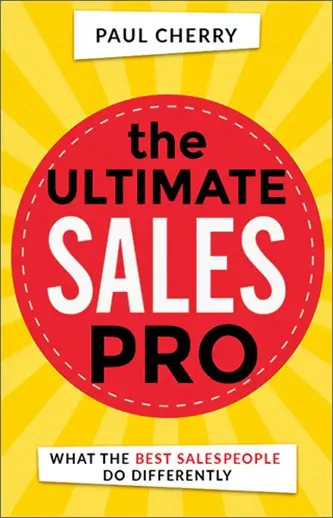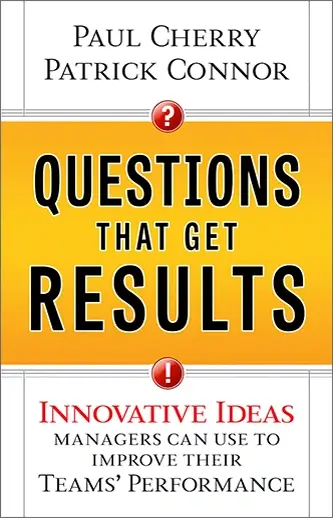As a salesperson, you need to be aware of the unconscious reactions that customers have to certain words. You want to be careful to avoid words that will turn a customer off or put him or her on the defensive.
When you say to a customer, “I’m here to show you how our products . . .” defenses immediately come up. Show is a negative trigger word. It signals alarm bells in customers’ brains that you are going to bore them with samples or pamphlets or a PowerPoint presentation.
Help is also a negative trigger word. Think of how many times you have walked into a retail store and an employee asked the question, “How can I help you?” What was your instinctive response? “Oh, I am fine, just looking.” Offering to help someone often makes a person feel defensive. No one wants to admit that they need help; it makes you appear weak.
Instead of saying that you are there to help a customer, rephrase your opening statement into something like the following: “The reason I am here today is to share with you ideas on how you can protect your hard earned margins and close more sales. Can I ask you a few questions?”
Notice, in my personal opening statement I never mentioned my products or services. Why? The customer is not interested in my books or training programs. Customers are interested in results. What are some results your customers are interested in? I am willing to bet they are interested in things like:
- Quality
- Service
- Profitability
- Reducing overall costs
- Performance
- Safety
- Ease of use
- Market growth
- Competitive edge
Instead of using the words show or help in your opening statement, you can use one of the words listed above to get the ball rolling.
Here is an example of an opening statement you could use:
The reason why I wanted to meet with you today is to share an idea about how you can reduce your overhead costs and improve response times. Before we discuss this idea, is it ok if I ask you a few questions?”
The word idea has a positive trigger. It creates a little bit of intrigue. Instead of dreading hearing about products or services, they become curious about what you have in store for them. Most customers will then say, “Yes, you can ask me a few questions,” so that they can hear about this idea you have for them.
This simple opening statement allows you to regain control of a sales call and to begin to connect with a customer. You can then move forward and start asking questions about their company’s goals, problems and needs. Once you understand what the customer feels is important, you can tailor unique solutions around the idea you propose to them.






